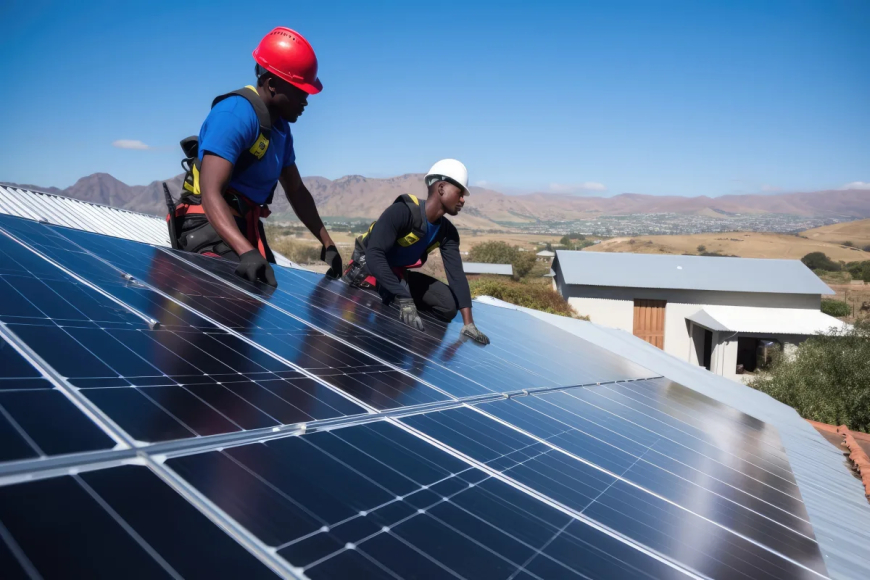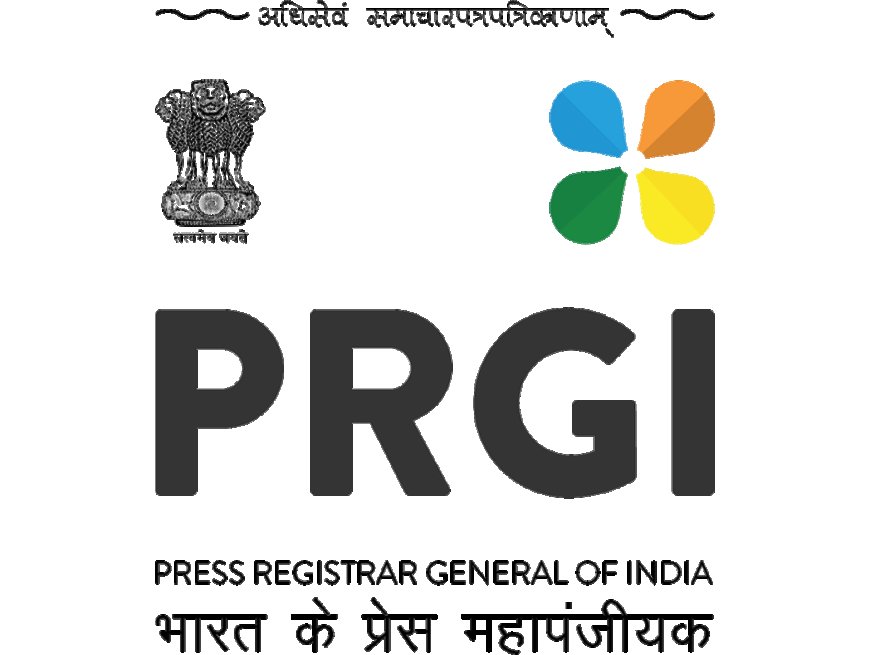Affordable Power on the Rise: How Renewables Are Slashing Energy Costs Across Africa
Renewable energy—from mini-grids to solar home systems—is driving down electricity costs across Africa, making power more affordable and boosting development.

Across Africa, a quiet revolution is under way: clean energy technologies—from solar-powered mini-grids to off-grid home systems—are transforming electricity into an affordable lifeline, especially in rural and underserved communities. From the Sahara to the Cape, falling power costs are not just numbers on a spreadsheet—they’re lighting homes, spurring businesses, and reshaping futures.
Mini-Grids: Powering Communities Efficiently
Solar mini-grids are no longer niche solutions — they’re becoming mainstream. According to the World Bank, Africa has grown from having just 500 mini-grids in 2010 to over 3,000 today, with plans for 9,000 more in the next few years. These grids could deliver electricity for as little as $0.20 per kilowatt-hour (kWh) by 2030, making them one of the most cost-effective options for more than 60 percent of remote populations. World Bank
Similarly, a World Bank–backed energy analysis shows capital costs have dropped from over $8,000 per kilowatt in 2010 to just $3,660/kW today, with projections pointing to costs under $2,500/kW by 2030—and power delivered for $0.20/kWh. ESMAPminigrids.org
In Kenya, community-led mini-grid projects are boosting productive use—powering businesses, schools, and clinics, and generating real cost-saving impacts. Africa Energy Portal
Solar Home Systems: Lighting the Path to Savings
Solar home systems are illuminating homes and shrinking bills across Sub-Saharan Africa. A key trend is the “pay-as-you-go” model: users can acquire solar setups affordably via mobile payments, without large upfront costs. This model is powering millions of homes, especially in rural areas where grid access remains limited.
Case Studies: Real Impact, Real Savings
-
Mali’s Karan Village: A new solar installation has not only improved access to electricity, but also slashed business operating costs for bakeries and shops—and created new amenities like video gaming centers. AP News
-
Goma, Democratic Republic of Congo: A 1.3 MW solar mini-grid linked to the Virunga hydropower grid has reduced reliance on expensive, polluting diesel generators. Residents report lower energy costs and expanded opportunities like welding and phone charging. A larger 3.7 MW plant is already in the works. AP News
Broader Trends: Renewables Outpacing Fossil Fuels
According to IRENA’s July 2025 report, 91 percent of new renewable projects globally now cost less than the cheapest fossil fuel alternatives. Solar PV is on average 41 percent cheaper, and onshore wind 53 percent cheaper. On a global scale, the average price for new solar PV is just $0.043/kWh, making renewables the clear economic choice. The Citizen
Africa, rich in solar potential—home to 60 percent of the world’s best solar resources—currently holds just around 1 percent of solar PV capacity. However, projections show that solar will dominate new power generation across Sub-Saharan Africa through 2030. IEA
Economic and Social Benefits: More Than Just Power
Research underscores that affordable electricity access drives real-life benefits:
-
Kenya and Nigeria: Households connected to solar mini-grids experienced a fourfold increase in incomes; women gained socially and economically, and health and safety improved with reduced use of kerosene lamps. arXiv
-
Innovations from programs like the World Bank’s show how mini-grids fuel education, businesses, clinics, and jobs, particularly in rural settings. World Bankminigrids.org
What’s Fueling the Cost Decline?
A combination of technological evolution, supportive policy, and market maturity is driving energy affordability:
-
Technology costs are plummeting—hardware, batteries, and digital tech are cheaper than ever.
-
Business innovation—pay-as-you-go and micro-finance models lower barriers to access.
-
Policy support—African governments and banks are beginning to align incentives to scale mini-grid deployment.
-
Investor confidence—reports signal a clear business opportunity in clean energy systems.
World Bank estimates suggest that powering 380 million Africans via mini-grids by 2030 would require $91 billion, but the long-term economic and social returns far outweigh the costs. World Bank
Challenges Ahead
Despite impressive progress, challenges remain:
-
Scaling faster: Building 160,000 mini-grids to reach 380 million people requires infrastructure, funding, and capacity. World Bank
-
Balancing access and industry: Some governments argue for more centralized, grid-level power to foster industrial growth, while others emphasize quick rural access via solar. Financial Times
-
Securing funding: Even with falling costs, creating resilient off-grid systems still needs investment pipelines that blend public, private, and donor financing. ESMAP
A Turning Point: Renewables Reshaping the African Energy Landscape
Africa’s shift toward renewable energy is not just about clean technology—it’s about financial inclusion, development, and self-reliance. Whether it's a bench maker lighting their workshop under a mini-grid or a rural clinic preserving vaccines with solar power, the benefits are tangible.
All signs point to a profound shift: as renewables continue to scale and costs drop, electricity is becoming not a luxury—but a springboard for opportunity across Africa.











